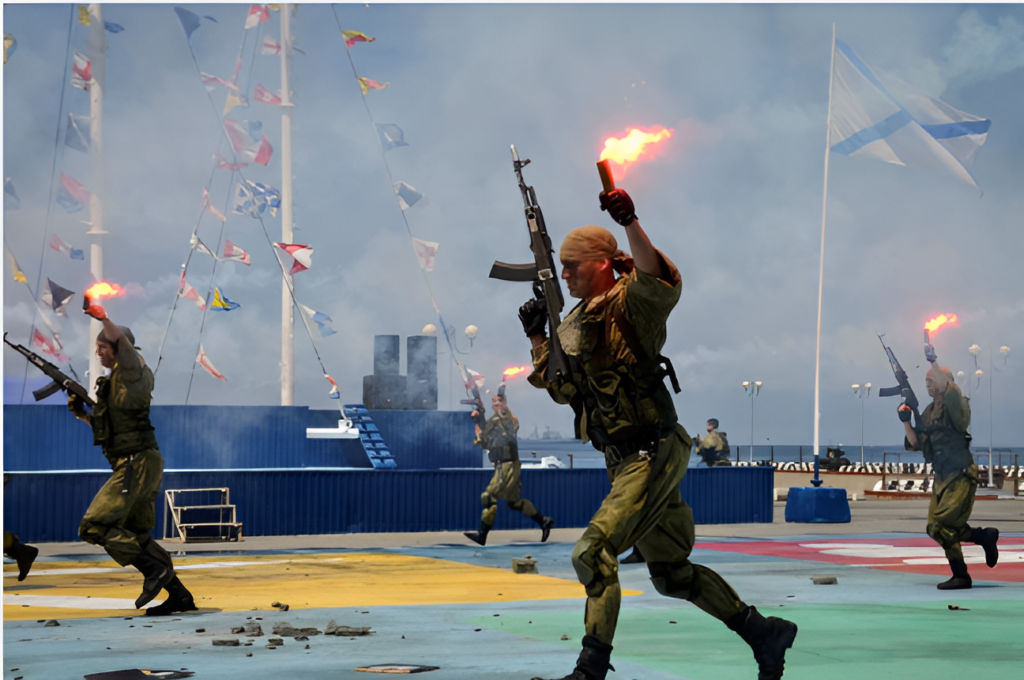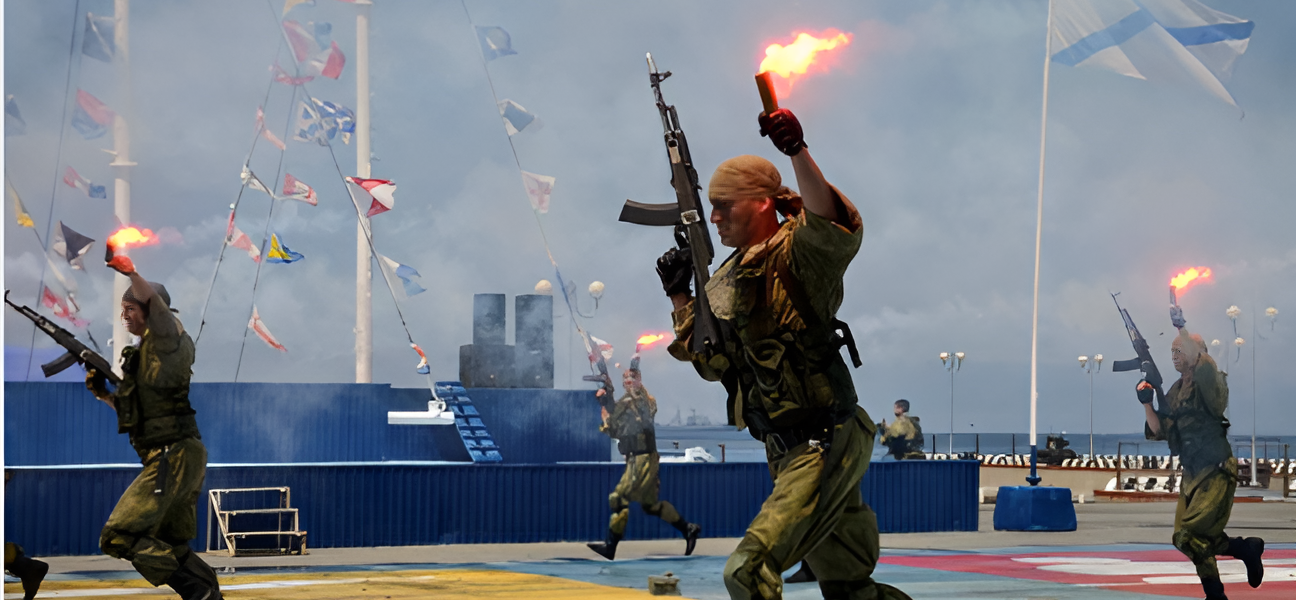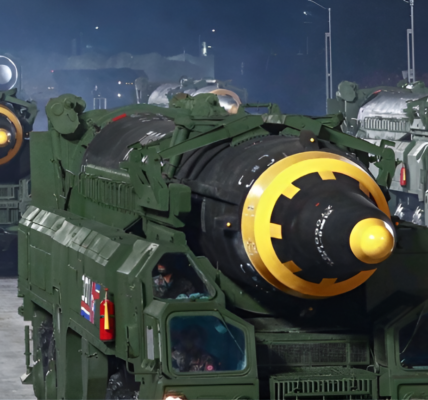Preventing War on the Korean Peninsula: China and Russia’s Military Posturing in Response to U.S. Drills

As tensions on the Korean Peninsula escalate, China and Russia have responded to U.S. military maneuvers with significant demonstrations of their own military power. These actions come in the wake of the U.S. launching the unscheduled Vigilant Ace military exercises, a move seen as a direct threat to North Korea’s sovereignty and security. Both China and Russia have staged large-scale drills near the Korean Peninsula, signaling their readiness to protect North Korea in the face of increasing American pressure.
Russia’s Strategic Response
Russia has conducted sizable military exercises with its elite Marine forces near the North Korean border, timed to coincide with the Vigilant Ace drills. This show of force is a clear message from Moscow that it will not tolerate an attack on Pyongyang. Should tensions reach a boiling point, Russia is poised to support North Korea, potentially escalating the conflict. The presence of Russian Marines, known for their advanced amphibious landing capabilities, serves as a stark reminder that Moscow is willing to back its ally with lethal force if necessary. These forces would significantly complicate any U.S. operations in South Korea, forcing Washington to allocate valuable resources to defend its positions from Russian counteroffensives.
China’s Military Show of Strength
On the other hand, China has demonstrated its military might through colossal naval and aerial drills. More than 40 Chinese naval vessels participated in exercises in the East China Sea, underscoring Beijing’s growing anti-missile and emergency response capabilities. Additionally, Chinese aircraft have conducted unprecedented maneuvers over the Yellow and East China Seas near the Korean Peninsula. Reports have surfaced of China’s J-20 stealth fighters flying undetected over South Korean airspace, highlighting the country’s increasing air superiority in the region. These drills, combined with extensive reconnaissance missions, showcase China’s readiness for any potential conflict that may arise on the peninsula.
China’s military build-up is complemented by a massive surface-to-air missile deployment along its borders with North Korea, granting Beijing the capability to intercept U.S. airstrikes on the country. This powerful defense system severely limits the U.S. ability to launch effective air strikes on North Korea, further complicating any military action in the region.
The Role of China and Russia in Deterring U.S. Intervention
While the United States may be willing to risk war with North Korea to maintain dominance in East Asia and prevent Pyongyang from attaining nuclear parity, the military readiness of China and Russia could prove to be the decisive factor in deterring Washington from escalating the situation. The presence of these two military superpowers near the Korean Peninsula shifts the balance of forces dramatically, and their intervention could quickly turn the tide in favor of North Korea.
China’s naval assets would significantly alter the dynamics at sea, forcing the U.S. Navy onto the defensive. While North Korea relies on its submarine fleet and land-based cruise missiles to counter U.S. naval forces, the involvement of Chinese warships, along with advanced anti-ship missile systems like the DF-21D, could potentially impose a blockade of South Korea. Such a move would prevent U.S. reinforcements from arriving and could hasten the end of the conflict.
In the air, the deployment of China’s J-20 stealth fighters, along with the potential arrival of other advanced Chinese and Russian aircraft like the J-11 and Su-35, would negate the U.S. air superiority in the region. These advanced platforms, coupled with the extensive air defense systems along the Korean borders, would make it increasingly difficult for the U.S. to maintain control of the skies. China and Russia’s military capabilities, demonstrated through their recent drills, may very well prevent the U.S. from launching a destructive war in East Asia.
A Unified Regional Interest in Peace
The potential for conflict on the Korean Peninsula is a dire prospect not just for the U.S. and North Korea but for the entire region. A war in East Asia would have catastrophic consequences for neighboring countries, including Russia, China, Japan, and South Korea. For all regional powers, the goal should be to avoid military confrontation and maintain stability in the area. The strategic posture of China and Russia is, therefore, essential in deterring the U.S. from engaging in military action that would destabilize the region.
Ultimately, the presence of these military superpowers near the Korean Peninsula serves as a powerful reminder that the risks of war far outweigh any potential gains. All nations in the region have much to lose from a conflict, and preventing further escalation is in the best interest of everyone involved. The demonstrated readiness of China and Russia may be the key to preserving peace and ensuring that the Korean Peninsula remains free from the devastating effects of war.



